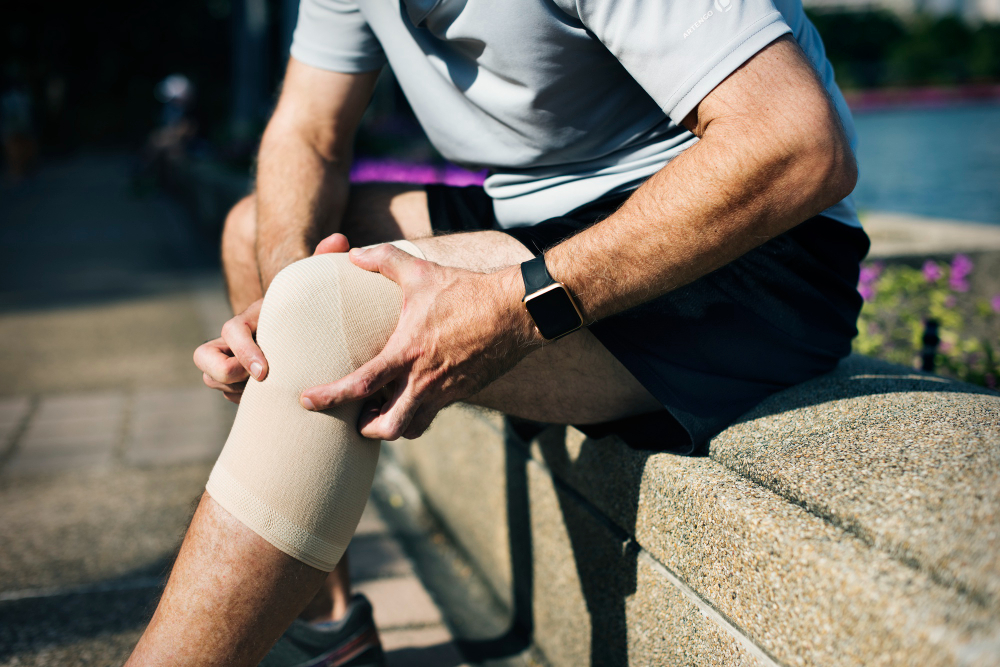Cartilage Repair
Articular cartilage, the protective tissue covering bone ends at joints, plays a crucial role in enabling smooth movement and preventing bone-on-bone friction. Unfortunately, injuries or natural wear and tear can damage this cartilage, leading to pain and inflammation. Coastline Orthopaedic offers specialized cartilage repair surgery services to stimulate new cartilage growth and restore joint function, ultimately preventing or delaying the onset of arthritis.

Understanding Cartilage Damage:
Cartilage, the cushioning material between bones, can be damaged due to age, wear and tear, or trauma. When damaged, it loses its ability to provide cushioning during movement, leading to painful rubbing of bones within joints.
The Cartilage Restoration Solution:
Coastline Orthopaedic employs cartilage restoration surgery to stimulate the growth of new cartilage and restore normal joint function. This innovative procedure can even delay or prevent arthritis development.
Various Techniques for Cartilage Restoration:
- Dietary Supplements: Glucosamine and chondroitin are natural compounds that aid cartilage preservation and formation. Coastline Orthopaedic recommends over-the-counter supplements sourced from animals for effective cartilage restoration.
- Microfracture: By creating tiny holes in the damaged joint, this technique stimulates blood supply and encourages the growth of new cartilage, promoting healing.
- Drilling: Similar to microfracture, drilling involves creating holes to stimulate blood supply and initiate new cartilage growth. It’s less precise but effective.
- Abrasion Arthroplasty: Utilizing high-speed instruments, this method removes damaged cartilage, promoting healing. The procedure is performed using an arthroscope.
- Osteochondral Autograft Transplantation: Healthy cartilage tissue from a low-weight-bearing bone area is transferred to the injured joint, suitable for smaller cartilage defects.
- Osteochondral Allograft Transplantation: This technique involves transplanting cartilage tissue from a donor to the injured site, suitable for larger cartilage damage.
- Autologous Chondrocyte Implantation: Healthy cartilage from another site is cultured in a lab and then implanted in the damaged area through open surgery, restoring function.
- Osteoarticular Transfer System (OATS): Ideal for isolated cartilage defects, this procedure involves transferring cartilage plugs from non-weight-bearing areas to the damaged regions. It’s performed through arthroscopy.
Benefits and Considerations:
While OATS and other methods offer significant benefits in cartilage restoration, they might not be suitable for widespread cartilage damage like in osteoarthritis. Patients must also be aware of potential complications, such as donor site discomfort, avascular necrosis, and fractures.
Conclusion:
Coastline Orthopaedic’s cartilage repair surgery services present a comprehensive range of advanced techniques to restore damaged cartilage and promote joint health. Whether through dietary supplements or surgical interventions like OATS, patients can regain mobility, alleviate pain, and preserve joint function under the expert care of Coastline Orthopaedic’s experienced team.














